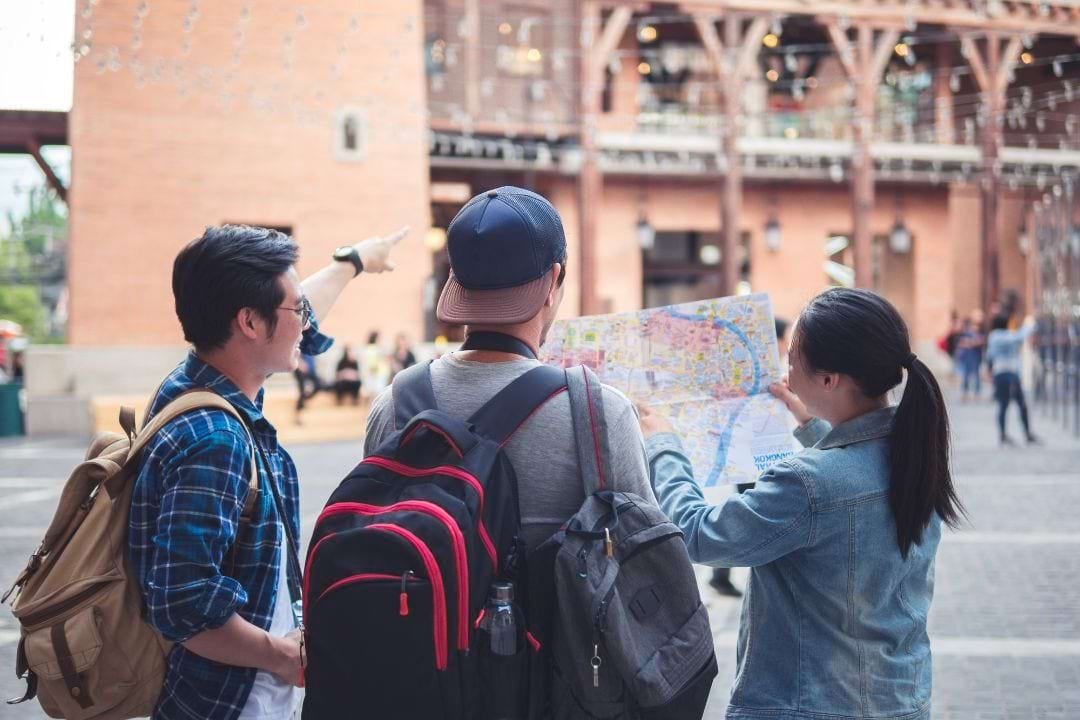The European Commission stated that this new order introduces two substantial modifications in the reception and integration of minors in a statement released on the same day. According to EU Helpers, it first departs from the established protocol for receiving unaccompanied adolescents under the reception and integration (SAI) system.
Second, the regulation has put in place new age verification procedures that are applied to unaccompanied adolescents who arrive frequently and continuously. In these situations, the police authorities will use a medical process called a "radiological examination" to verify the person's age.
The local offices of the Italian Ministry of the Interior are in charge when there is a steady flow of unaccompanied adolescents and local municipalities are unable to secure their welcome, according to the authorities.
The European Court of Human Rights has already criticized this practice of assigning unaccompanied minors who appear to be older than 16 to adult reception centers. The Commission stated that this technique may be used in this situation.
According to the same, because it is based on the determination of age through a multidisciplinary procedure including qualified professionals and the presence of a cultural mediator, this method differs from the Italian provisions outlined by the "Zampa law."
Unaccompanied minors have been protected under a special regime since 2017, mostly based on the assumption that they are minorities. Due to this practice, minors were subject to particular rules and were confined apart from adults. Immigrants who falsely represent their age may be deported under the terms of the new ruling.
Furthermore, Meloni's ruling coalition was elected last year on a platform of stricter immigration regulations. But since 2013, Italy has seen a massive surge of immigrants—more than one million.
More than 28,000 migrants have sadly perished while attempting to cross the Mediterranean Sea to Italy, according to data from the NGO Save the Children, including about 1,143 children.
Four percent of the total, or more over 100 children, have either vanished or died trying to traverse the perilous Mediterranean this year alone.
But since 2014, about 112,000 unaccompanied adolescents have successfully crossed the Mediterranean Sea and arrived in Italy. More information has shown that more than 11,600 children have arrived unaccompanied in Italy since the start of this year after making the risky trek across the Mediterranean.

